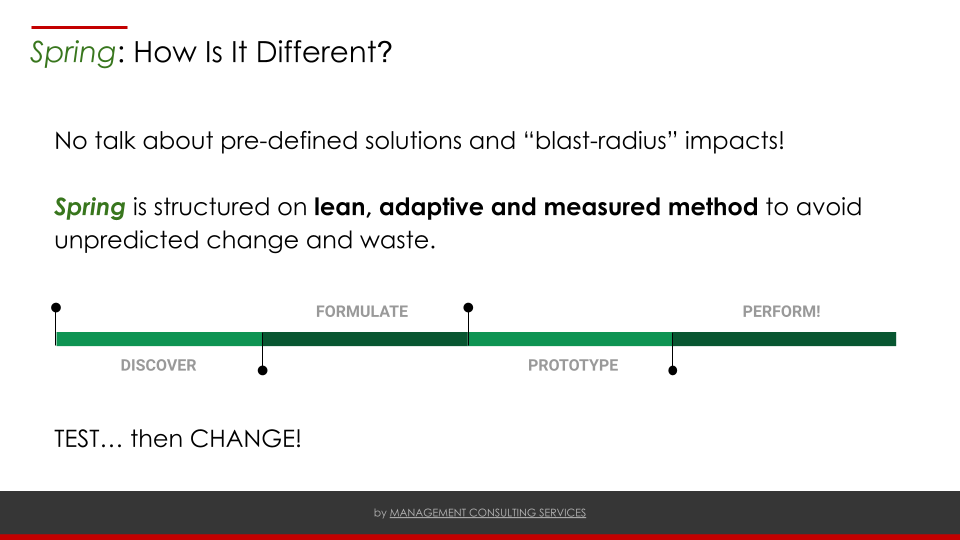
“… companies can get ahead of themselves when they jump into investments based on things other than strategic goals.”
This is an extract from an article I read (click here) about the present hype surrounding AI, for me particularly interesting because it also points out something widespread even in a business-related context: the human instinct of looking at what others are doing and following them in their footsteps to hold-on a parity status.
Applied to the corporate world, this practically means copying someone else’s business strategy and, in the process, binning the true meaning of change and innovation.
In terms of witnessing an abrupt acceleration for any conceivable AI application, there is no doubt about the impetus drive since GPT3-based ChatGPT became public-domain (reminder: only 4 months’ ago).
But when relating back to the extract, it’s easy to find another example of “getting ahead of themselves” beyond the current rise of AI: remember what happened in the recent past during the pandemic and from the moment the first lockdowns started taking place?
The assumptions made at the time:
- We’re all living, studying and working at home
- We’ve all got to do things online
- Our lifestyle has changed
Now for those who, like me, feel strongly about the potential of reactive operational models Vs. predictive ones, experiencing what came along across lockdowns was quite astonishing.
While the assumptions above were correct, what was missing (or completely messed up) was any context of time.
Without the correlation of value proposition with its lifespan, there was very little (if none whatsoever) design-thinking of short-term Vs. long-term solutions; this played an important part in the “arms-race” to product development featuring “online” whenever and wherever possible, together with a massive scaling of talent-hiring.
In the past months the harsh reality of this impulsive strategic thinking has taken the toll with the most dramatic consequence being a tsunami of global layoffs to U-turn the over-hiring that took place only a little while earlier.
Financial and social cost cannot be quantified, but surely it’s staggering.
One may argue that being reactive and the ability to change and adapt is a key principle of business agility, to which I’d respond: no doubt.
But what happened in a timeframe of two years, simply highlighted the fact that making changes without a certain degree of operational discipline and due diligence, is not “being” Agile, at best is “doing” Agile, if not calling it for what it is: Chaos.
The recent unfolding of these global events makes me pursue even further the mission of helping organisations adopt best delivery practices and methods thanks to thought-process, systems thinking and not because it’s fashionable or a cool thing to do because others are doing the same: be innovative by distinguishing your identity.
Defining limits and constraints before exploiting innovation makes you stand-out and it’ll definitely make your growth journey far more efficient and resilient.
So, if after reading this piece the question is: “What are you then proposing?”, then here below is a short slide run that introduces Spring; more about it in Mission and Portfolio.
Just worth mentioning that this is not your usual transformative journey, but something that provides more insights and tangible impacts than what you get from conventional consultancy.




